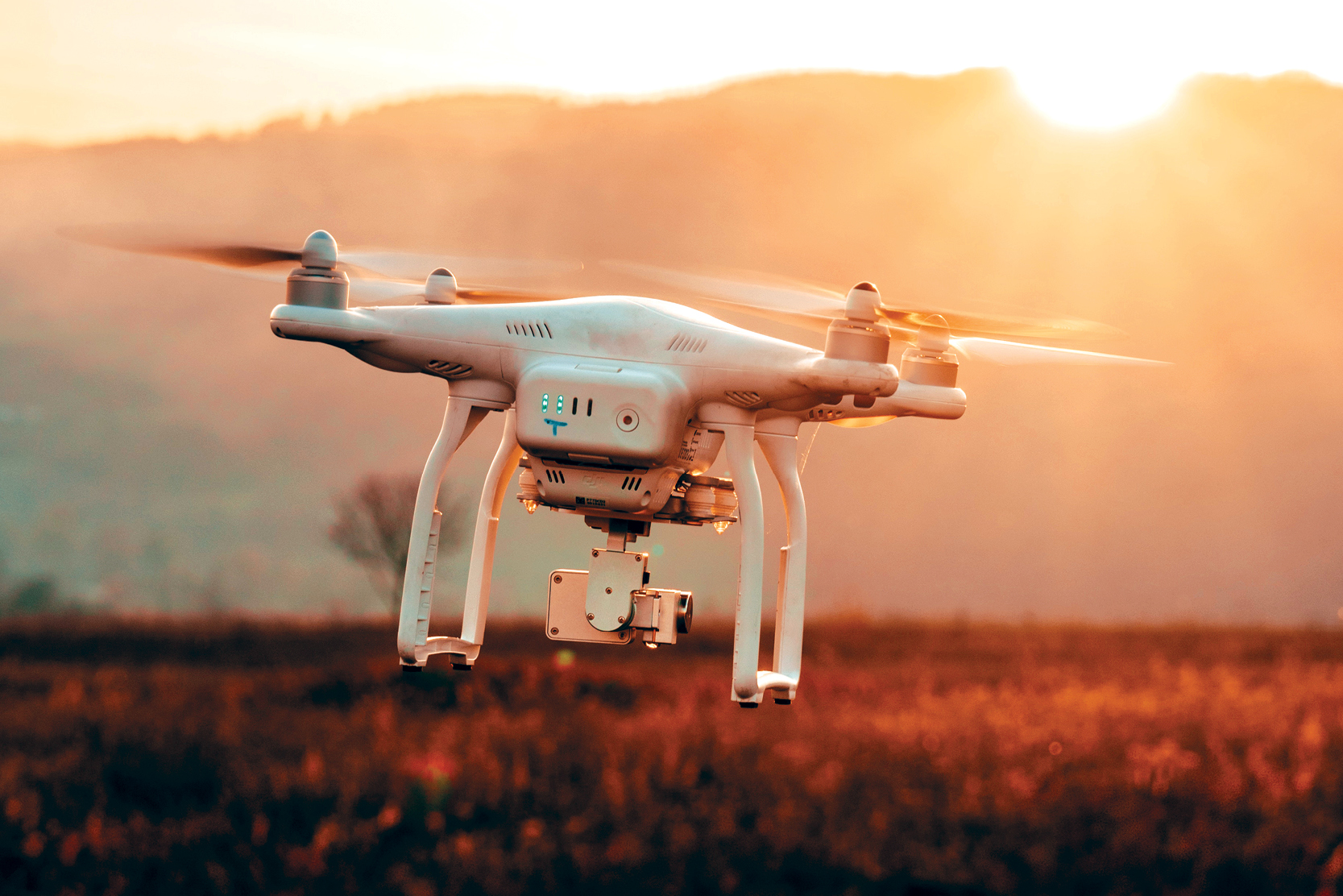In today’s business landscape, technology continues to revolutionize traditional practices across various industries. One of the most impactful technological tools proving essential is the business drone. Drones are not just for aerial photography anymore; they are increasingly becoming integral parts of operations in sectors such as agriculture, construction, and logistics. This blog post will navigate the advantages and essential tips for integrating drones into your business operations successfully.
Before diving into the transformative power of drones, it’s crucial to understand their capabilities and limitations. Investing in drones can provide businesses with a competitive edge, enhance efficiency, and lead to significant cost reductions. However, mastery of drone operations and adherence to regulatory standards is just as important as the technology itself. Let’s explore the top business drone utilization strategies and get you flying high with profitability and efficiency.
Choosing the Right Drone Model
One of the earliest decisions you’ll face is choosing the right drone model to suit your specific business needs. Not all drones are created equal, and selection should be based on payload capacity, flight time, durability, and resolution of data capture technologies, among other factors. Every industry has unique requirements; for example, agriculture might benefit from models equipped with advanced sensors for crop monitoring, whereas construction sites might prioritize robust build quality for aerial surveying under varying conditions. For an insightful look into how drones can be tailored specifically to your business advantages, consider exploring this informative website.
Furthermore, investing in a drone that offers scalability options through software upgrades or modular hardware additions can future-proof your investment and adapt to evolving business needs or emerging technological advancements.

Navigating Legal Regulations
Understanding and complying with local and federal drone regulations is crucial for operating without legal hindrances. Different countries have different airspace rules which could affect how you deploy drones in operational capacities. The Federal Aviation Administration (FAA) in the U.S., for instance, enforces guidelines that cover operational limitations, operator certification requirements, and application processes for commercial drone use.
Failure to adhere to these regulations can result in hefty fines, operational shutdowns, or worse, criminal liability. It is advisable to consult legal experts who specialize in aviation laws or employ compliance officers who can ensure ongoing adherence to these legal standards.
Leveraging Data Efficiently
The true value of employing drones comes from the data they gather. Drones equipped with cameras, thermal sensors, and other surveillance technologies can collect vast amounts of information which need proper analysis to be beneficial. It’s not just about collecting data but making sense of it to improve decision-making processes within a business setup.
Developing or investing in robust data processing tools that integrate seamlessly with the drones’ technology stack can greatly streamline data acquisition to actionable insights transformation. Businesses can leverage these insights for predictive maintenance, risk assessment models, enhancing security protocols on premises, or optimizing routes for deliveries thereby saving on time and costs.
Maintaining Drone Fleet
Maintenance is key to ensuring your fleet remains operationally viable and efficient over time. Routine checks and timely repairs are essential as they minimize downtime due to mechanical failures or software glitches. A proactive maintenance regime helps preserve long-term investments in drone technology while ensuring routine operations do not face unexpected disruptions.
Applying a comprehensive asset management system that schedules necessary updates and checks will keep your drone fleet at optimal performance levels and potentially expand its service lifespan significantly.
Training Your Team
To fully capitalize on the deployment of business drones, training your team adequately cannot be overlooked. Technical understanding of operating drones safely and effectively while capturing the intended data requires skilled personnel. Providing training sessions conducted by certified professionals would equip employees with necessary operational knowledge
Beyond mere ability to handle equipment, staff training should also encompass troubleshooting common technical problems that may arise during flights or understanding nuanced payloads specific to industries like thermal sensors or LiDAR systems used commonly in geospatial mapping.
Integrating business drones into your workflows does more than just automate processes—it shifts business dynamics towards more data-driven decision making capable of providing real-time solutions efficiently. With thorough planning around model selection, legal adherence, data management strategies tailored toward actionable output,
ensuring routine maintenance checks and equipping staff with competency around emerging technologies—your business could leverage building a future-proof operational model redefining dynamism via aerial insights.

